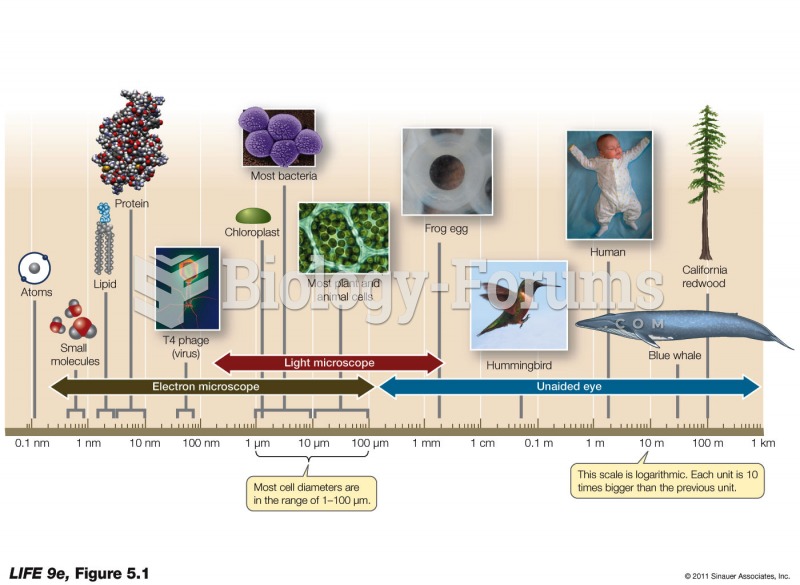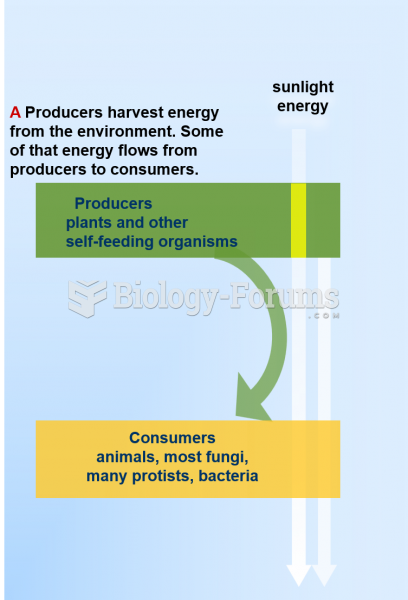Answer to Question 1
R-strategists (r-selected species) produce massive numbers of young, but then leave survival to the whims of nature. On the other hand, K-strategists (K-selected species) have a much lower reproductive rate (that is, a lower biotic potential), but then care for and protect the young until they can compete for resources with adult members of the population.
R-strategists typically multiply quickly and have a high mortality rate. They are called r-strategists because they usually have high r values (the number of offspring that individuals can produce in a given amount of time if resources are unlimited).
K-strategists are typically larger, longer lived, and well adapted to environmental conditions. They are so named because their population sizes are more likely to fluctuate around the carrying capacity, termed K.
Answer to Question 2
The breeder reactor is designed so the (nonfissionable) U-238 absorbs the extra neutrons, which are allowed to maintain their high speed. (Such reactors are now called fast-neutron reactors). When this occurs, the U-238 is converted to plutonium, which can then be purified and used as a nuclear fuel, just like U-235 . Thus, the fast-neutron reactor (breeder) converts nonfissionable U-238 into fissionable PU-239, and because the fission of U-235 generally produces two neutrons in addition to the one needed to sustain the chain reaction, the breeder may produce more fuel than it consumes. It is not likely that breeder reactors will alleviate our energy shortage because they have greater safety and security problems than nuclear power plants and they are more expensive to build and operate.
Fusion reactors would use tritium and deuterium to produce helium and energy. For one design the difficulty is to contain the hydrogen while it is being heated to tremendously high temperatures. No materials are known that can withstand this high heat without vaporizing. Currently, it still takes more energy to run the magnets or lasers (the other two designs) than is obtained by the fusion process. We are still many years from the development of this energy source. Developing, building, and testing a fusion power plant would require at least another 10 to 20 years and many billions of dollars. Additional plants would require more years. Thus, fusion is, at best, a very long-term option. Many scientists believe that fusion power will always be the elusive pot of gold at the end of the rainbow. The standard joke about fusion power is that it is the energy source of the future, and always will be






